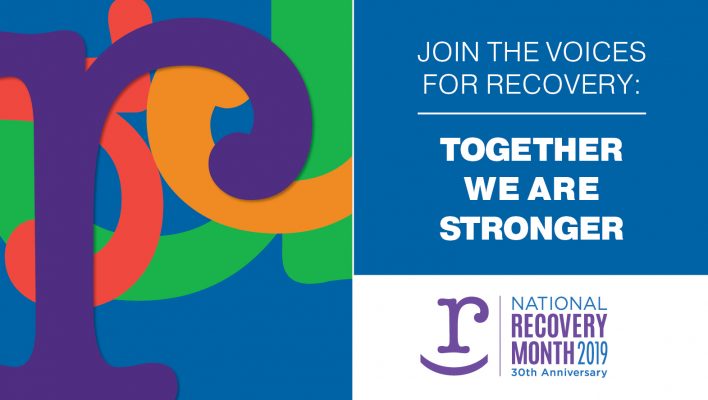by Michael Rass
Harmony has provided addiction treatment at its Estes Park center in Colorado for half a century. In the beginning, Harmony was a place where alcoholic men could “dry out,” attend AA meetings, and then return home. Over the years, this first treatment approach was expanded to include group therapy sessions, the expertise of a physician, and a treatment protocol based on the Minnesota Model.
Beginning in 2008, Harmony expanded its detoxification facilities and revised its protocol to include Subutex detox methods for opioid addicts. More recently, Harmony added the HOPE Program which offers medication-assisted therapy using buprenorphine to clients with opioid use disorder.
Led by chief clinical officer Annie Peters, Harmony has now upgraded its dual diagnosis capabilities. Dr. Peters developed a roadmap for Harmony to become a dual-diagnosis capable facility serving clients with SUD and co-occurring mental health disorders. Dual diagnosis (also referred to as co-occurring disorders) is a term used for patients who experience a mental illness and a substance use disorder simultaneously. Harmony is now fully dual diagnosis capable.
This modern, evidence-based approach to addiction treatment acknowledges the important role mental health conditions play as drivers of substance use disorders. People may misuse drugs and alcohol because of mental health issues like trauma, depression, and anxiety. “If co-occurring conditions aren’t addressed, clients are more likely to relapse because they may be drawn to substance use to self-medicate those issues,” says Dr. Peters.
People with addiction may also have traumatic experiences as a result of their substance use. “When people are using substances, they may find themselves in dangerous, potentially traumatizing situations that cause further emotional pain, which then leads to more substance use,” says Peters. “This is a difficult cycle for people to pull themselves out of without help.”
Traumatic life experiences are extremely common among patients with substance use disorder. Many suffered adverse childhood experiences. “Studies of drug addicts repeatedly find extraordinarily high percentages of childhood trauma of various sorts, including physical, sexual, and emotional abuse,” writes Canadian physician Gabor Maté in his seminal addiction study In the Realm of Hungry Ghosts.
Because of this strong correlation, trauma-informed care is an important part of addiction treatment. All staff at Harmony have been trained in trauma-informed care. “When people come to treatment, they often have few coping skills to deal with traumatic memories and emotional pain,” says Peters. “Our primary goals are to help them feel safe in the world, manage emotions and situations without substances, and improve their self-esteem and quality of life.”
Trauma-informed dual-diagnosis care begins with a careful assessment. “Every client gets screened for mental health disorders,” says Harmony therapist Gretchen Leezer. “We identify the needs of the patient and establish which ones we can start working on immediately while they are at Harmony and what follow-up treatment they should get once they have been discharged.”
It’s important to address mental health issues as soon as possible, even if the main focus of treatment is the addiction. “When someone comes into addiction treatment with a long history of depression, anxiety, suicidal thoughts, or trauma, we want them to leave here with a roadmap for recovery from all of these difficulties,” says Peters.
Harmony mental health professional Uric Geer likens Harmony’s dual diagnosis approach to a Möbius strip which can be created by taking a paper strip, giving it a half-twist, and then joining the ends of the strip to form a loop. If one side reveals the SUD and the other the mental health disorder, then the twist makes both sides visible whereas a normal paper ring would keep the condition on the inside hidden from view. “If you only treat what’s visible on the outside—the substance use disorder—then an important part of the problem remains hidden and untreated,” says Geer.
The treatment team at Harmony works hard every day to address all relevant needs a client might have. “The culture at Harmony is simply amazing,” says Harmony psychologist Rob Leach. “The leadership has a great vision and the team as a whole is extremely dedicated. They put in great effort to meet clients where they are and develop individual treatment plans. There is great coordination of care. Really listening and meeting clients where they are, creates an atmosphere of trust and that’s crucial for their recovery.”




